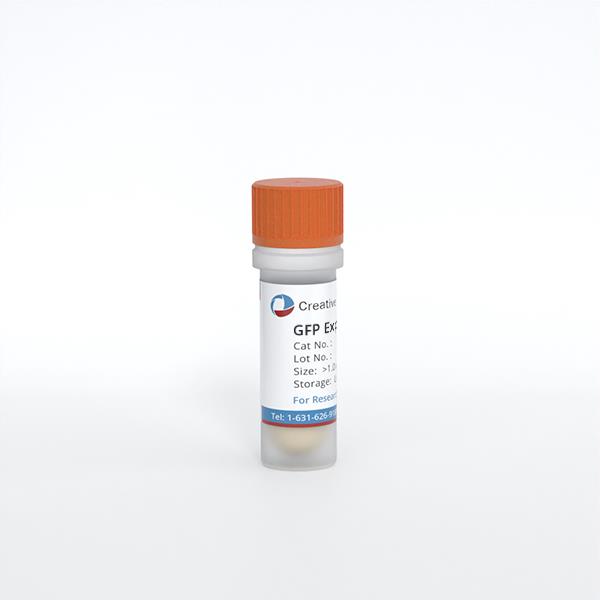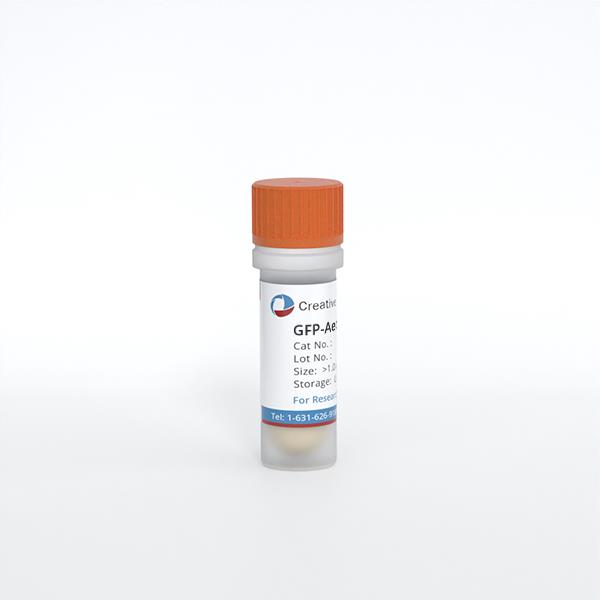Description
Human Primary Brain Vascular Fibroblasts are isolated from normal human brain tissue. Human Primary Brain Vascular Fibroblasts are grown in T75 tissue culture flasks pre-coated with gelatin-based coating solution for 2 min and incubated in Creative Bioarray’ Culture Complete Growth Medium generally for 3-7 days. Cultures are then expanded. Prior to shipping, cells at passage 1 are detached from flasks and immediately cryo-preserved in vials. Each vial contains at least 0.5x10^6 cells per ml.
Applications
Human Primary Brain Vascular Fibroblasts can be used for the assay of cell-cell interaction, adhesion, PCR, Western blot, immunoprecipitation, immunofluorescent flow cytometry, or generating cell derivatives for desired research applications.
Quality Control
Human Primary Brain Vascular Fibroblasts are tested for negative expression of von Willebrand Factor Expression/Factor VIII, cytokeratin 18, and alpha smooth muscle actin. Human Primary Brain Vascular Fibroblasts are negative for bacteria, yeast, fungi and mycoplasma. Cells can be expanded for 3-5 passages at a split ratio of 1:2 or 1:3 under the cell culture conditions specified by Creative Bioarray.Repeated freezing and thawing of cells is not recommended.
Storage and Shipping
We ship frozen cells on dry ice. On receipt, immediately transfer frozen cells to liquid nitrogen (-180 °C) until ready for experimental use. Live cell shipment is also available on request.
Never can primary cells be kept at -20 °C.
Citation Guidance
If you use this products in your scientific publication, it should be cited in the publication as: Creative Bioarray cat no.
If your paper has been published, please click here to submit the PubMed ID of your paper to get a coupon.
How do I use trypsin for adherent cell passaging?
Generally use trypsin-EDTA concentration of 0.25% trypsin-0.53 mM EDTA.2Na or 0.05% trypsin-0.02 mM EDTA.2Na. When the concentration of the digestive solution is too high, it is easy to cause the increase of cell debris in the medium and the increase of black scum. It is recommended to use 0.05% trypsin for digestion in the routine cell passaging. For the hard to digested cells can be digested with 0.25% trypsin, when the cell density is too high more than 80%, step-by-step digestion method is used.




